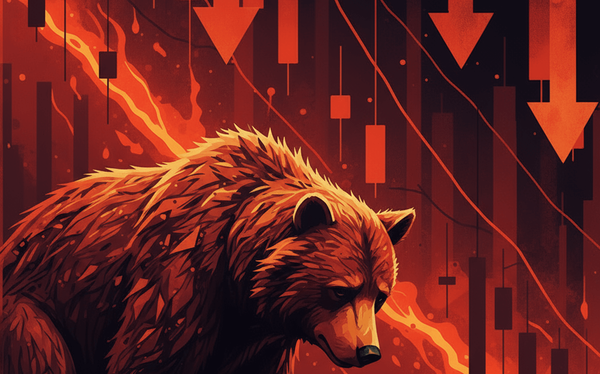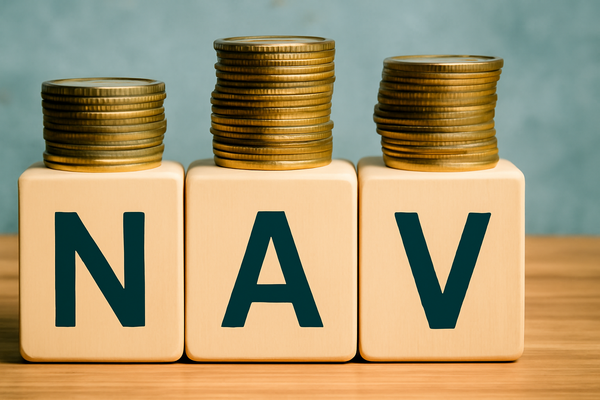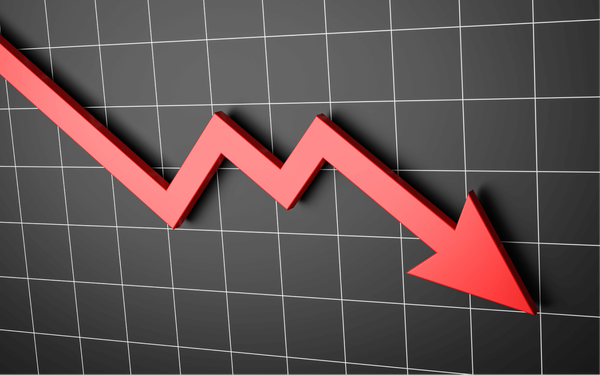How to do Commodity Trading?
Unlike stock markets that deal in shares, commodity markets focus on goods that drive global trade, offering opportunities for both investors and businesses to manage price risks and diversify their portfolios.

Trading in financial markets has become increasingly accessible to individuals in India over the past decade. With technological advancements and online trading platforms, it is now possible to diversify your trades across different asset classes beyond traditional equities. Trading in commodities is one such avenue that has gained attention among traders seeking risk management and hedging.
To open your commodity trading account, Click Here!
What Is Commodity Trading?
Commodity trading involves the buying/ selling of raw materials and primary products, including gold, crude oil, wheat, and natural gas. These goods are classified into two categories, which include hard commodities, such as metals and energy, or soft commodities, such as agricultural products and livestock.
Read our full blog on: What is commodity trading?
Commodity trading takes place on the Multi-Commodity Exchange (MCX) and the National Commodity and Derivatives Exchange (NCDEX), both regulated by SEBI under the Commodity Derivatives Market Regulation framework.
Unlike regular transactions, commodity trading occurs through derivative contracts, such as futures and options. They allow participants to speculate on price movements without handling the actual goods.
Things to know before Trading Commodity
Here is what you need to know before you start trading in commodities
Commodity Type
MCX primarily allows you to trade in non-agricultural commodities, including gold, silver, crude oil, and base metals. NCDEX, on the other hand, specialises in agricultural commodities like wheat, chana, mustard seed, and spices. On the MCX and NCDEX, the settlement cycle typically follows a T+2 basis, but can vary depending on the commodity and contract type.
Standard Contract
Each commodity contract has a standard lot size, tick size, expiry date, and delivery centre. For example, Gold futures on MCX have a lot size of 1 kilogram, with a tick size of ₹1 per 10 grams (₹100 per contract), and delivery is permitted at certified centres like Mumbai, Ahmedabad, and Delhi, subject to 995 purity standards.
Similarly, if you want to trade mustard seed futures on NCDEX, this commodity has a lot size of 10 metric tonnes, and the tick size is ₹1 per quintal (₹100 per contract). The delivery must occur at designated warehouses in Alwar, Bharatpur, or Jaipur, provided it complies with the moisture and oil content specifications.
Timings
Both exchanges follow SEBI-approved trading hours. You can trade on MCX between 9:00 AM and 11:30 PM, Monday to Friday. To trade commodities on NCDEX, the trading hours are 9:00 AM to 5:00 PM. Trading holidays are notified annually and align with national holidays and exchange-specific maintenance schedules.
Margin requirements in Commodity Trading
SEBI mandates all commodity derivative trades to comply with risk-based initial margin requirements that are calculated using the SPAN (Standard Portfolio Analysis of Risk) system.
Additionally, a Short Option Minimum Margin (SOMM) is levied on short positions in options contracts.
Margins are collected upfront and monitored daily by clearing corporations. As a trader, you are also required to maintain mark-to-market (MTM) margins to cover daily price fluctuations.
Tips to trade commodities
For effective commodity trading, follow the tips below:
Market research
Before trading, check the historical price data, seasonal demand, and supply patterns of the commodity you wish to trade. Know how global events affect commodity prices, including geopolitical tensions, weather conditions, and policy changes.
Keep a track of the impact of government interventions, such as import-export regulations or stock limits. Indian commodity markets react strongly to monsoon forecasts and agricultural yields, so monitor reports from agencies like the IMD and the Ministry of Agriculture.
Exchange selection
Make sure you proceed with the right commodity exchange to trade on, such as MCX or NCDEX. Each exchange offers different commodities, trading hours, and margin requirements. Different commodity exchanges also have different settlement processes and contract specifications.
Risk management
Don't trade beyond your risk appetite and never forget to use stop-loss orders to limit possible losses. You must also focus on diversifying your trades across multiple commodities rather than concentrating on a single product.
Step-by-Step guide to trading commodities
Here is how you can trade commodities in India:
- Step 1: To start with, open a trading account with a SEBI-registered broker, such as Dhan. You will also need a demat account and a linked bank account for transactions.
- Step 2: Perform fundamental analysis by reading supply-demand trends and government policies, and also conduct technical analysis by evaluating charts and price patterns to decide which commodities to trade.
- Step 3: Select the commodity, contract month, and order type (buy/sell, market/limit order). Place your order through the broker’s trading platform.
- Step 4: Use stop-loss orders and avoid over-leveraging. Decide in advance on the maximum loss you can tolerate to protect your capital.
That is it. But note that you should track your positions as commodities are highly volatile.
Summing it up!
With commodity trading, you can profit from variations in the prices of metals, energy, and agricultural products. However, for successful trading, it is important that you understand how futures and options work, pick the right broker, and follow careful research and risk management strategies.




